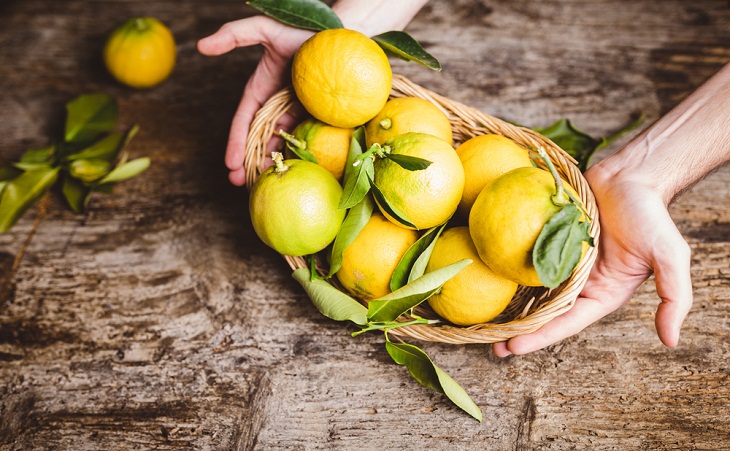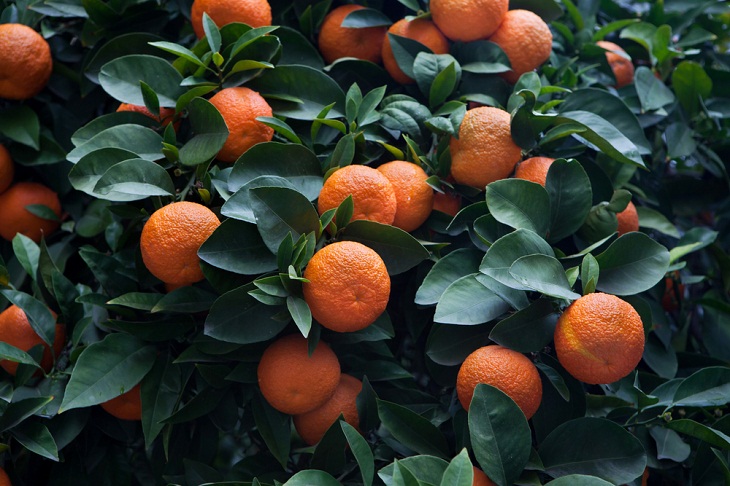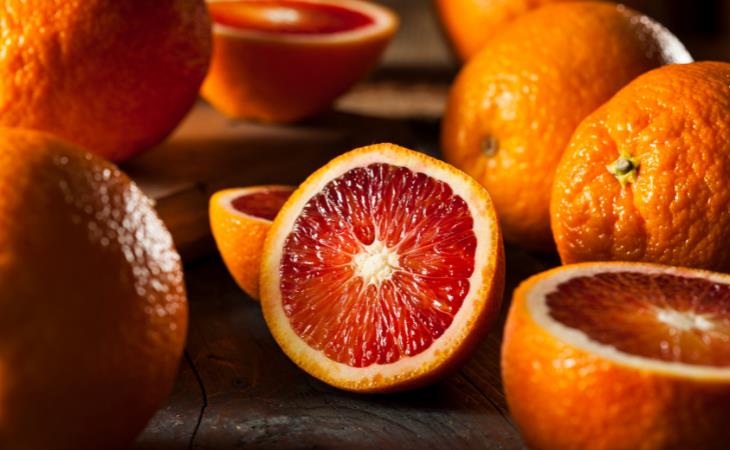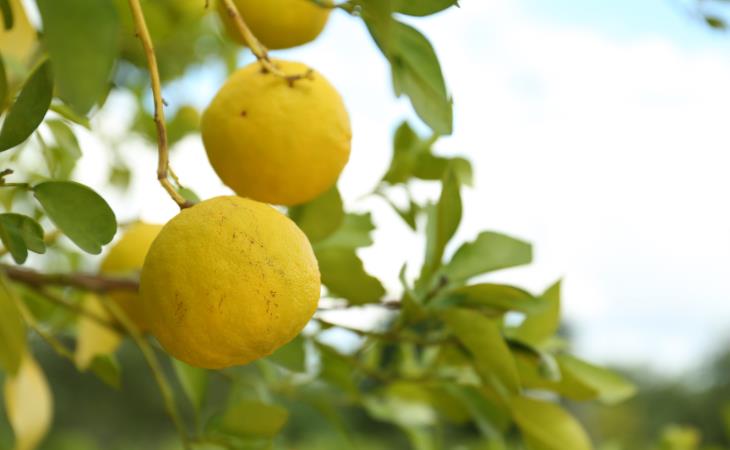
If you're in the mood for a zingy snack, reach for a fresh orange – your go-to solution for a burst of citrus goodness. Oranges, known for their high vitamin C content, are incredibly versatile as well. Whether you juice them for a quick morning boost, blend them into a vibrant jam, or infuse their flavor into the mojo marinade for your upcoming pork tenderloin, the culinary possibilities are virtually limitless with this amazing fruit.
According to Encyclopaedia Britannica, the term "orange" is used to describe several species within the Citrus Rutaceae family, which includes citrus fruits such as limes, lemons, and grapefruits. The well-known sweet orange, often simply called an "orange," is also known as the China orange. There is historical evidence that orange farming originated in tropical Asia and spread over the Malay Archipelago, India, and Africa before reaching the Mediterranean and North America.
Related: 10 Great Things Eating Oranges Will Do For Your Health
But did you know that there are more than just "common" oranges, tangerines, and mandarins in the produce aisle at your local grocery store? Oranges come in various types, featuring diverse sizes, colors, skin textures, and distinct flavors. Let's find out about a few lesser-known options and learn about the unique characteristics that set each apart.


Cara Cara, a type of navel orange, is characterized by its tender pink flesh, low acidity, and a distinct absence of sharpness and tanginess. Instead, they offer a refreshing sweetness. Often referred to as red-fleshed navel oranges, it's important not to confuse them with blood oranges.
In season from December to April, cara caras are perfect for snacking, adding to salads, or juicing. With minimal seeds and easily peelable skin, they offer convenience. Furthermore, their flesh has delicate berry and cherry flavors, making them a good choice for deseeded smoothies.





This unique fruit is a hybrid of tangerines and pomelos, resulting in a flavor profile that is both sweet and tart. The bell shape and distinctive "nipple" on top set it apart as a striking addition to any fruit display. Plus, with its exceptional juiciness, it's the perfect fruit for a refreshing glass of freshly squeezed juice. While the skin may be a bit tricky to peel, don't let that deter you from trying this tasty treat.
Tangelos are in season from November to March, with the peak season happening around January.

Clementines are among the smallest varieties of oranges, making them an excellent choice for a light snack. They are spherical, almost entirely seedless, and have a tight yet thin skin that peels easily.
Clementines are sometimes known as "Cuties," "Halos," or "Sweeties" thanks to the popular commercial brands that promote them. They're a cross between mandarin and sweet oranges and are extremely sweet.
While the season for clementines is November through January, growers have begun introducing "Summer Cuties" due to their wide appeal throughout the year.

Trifoliate oranges stand out as one of the hardiest members of the orange family, capable of thriving even at below-zero temperatures. These tall, shrubby trees were initially cultivated in China and North Korea and produce small, egg-shaped fruit with thick, yellow skins. Despite its lemony, acidic taste, the fruit is often deemed unpalatable in its raw form. However, it becomes pleasant when cooked or used medicinally.
Trifoliate oranges are a popular ingredient in jams and jellies. Some people also use it for medicinal purposes to treat inflammation, nausea, and allergies. However, do note that if these oranges are consumed in large quantities, their high acidity can cause stomach pain, nausea, or skin irritation.
Related: This Is Why You Shouldn't Drink Orange Juice at Breakfast

Oranges can be found year-round in supermarkets, with the variety of orange types varying based on the current season. It's worth noting that the citrus season starts in November and continues all the way until June. It is also worth mentioning that while most oranges are winter oranges, a couple of them are in season during the summer months as well.
When it comes to choosing an orange, make sure to look for a fruit that is heavy for its size with no soft spots, discoloration, or bruising on the skin. One thing to keep in mind is that oranges don't have a long shelf life if left on the counter, so, at room temperature, they will only stay fresh for about a week.